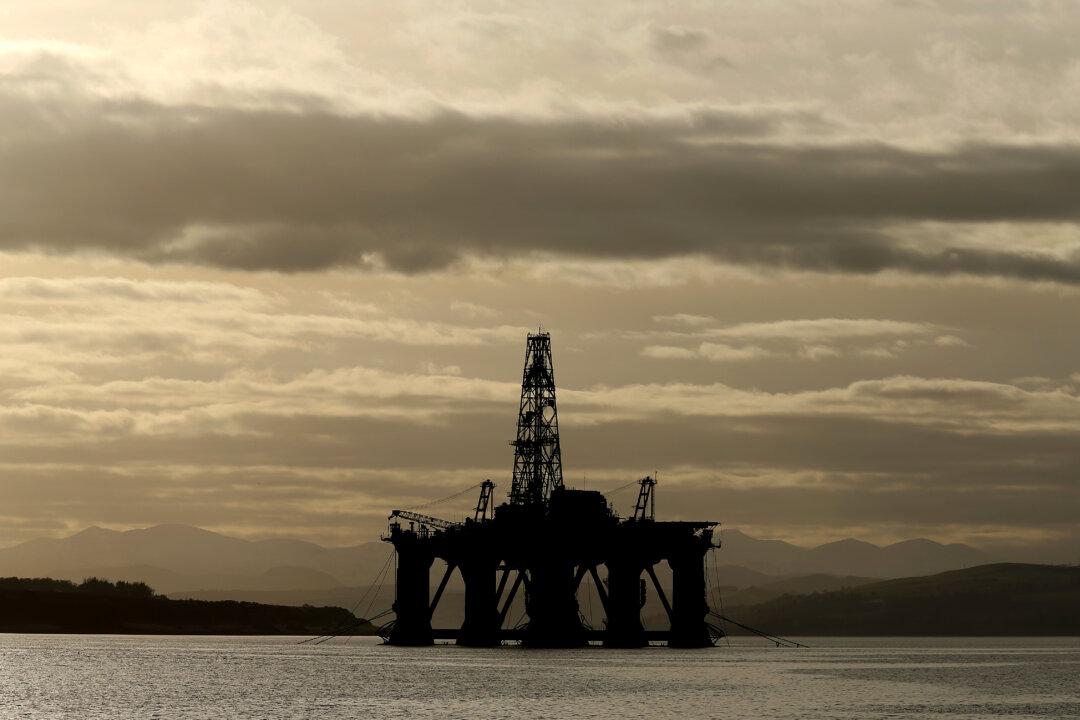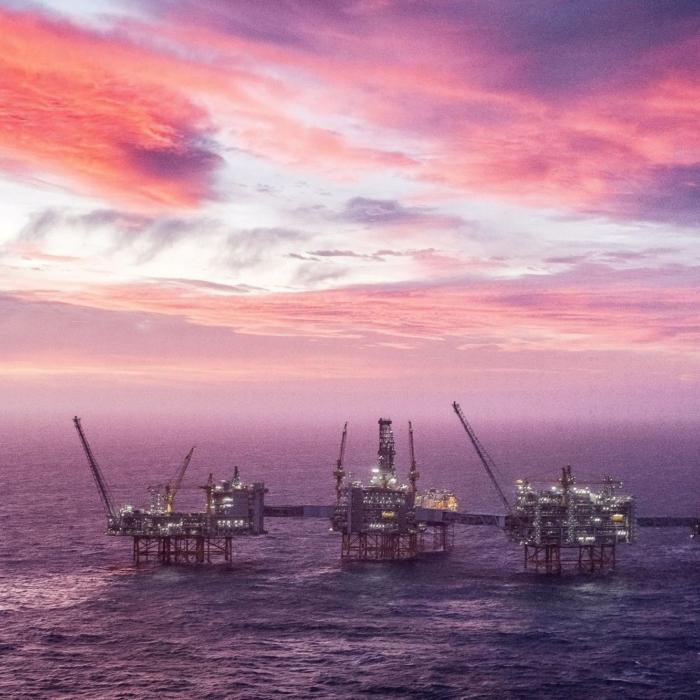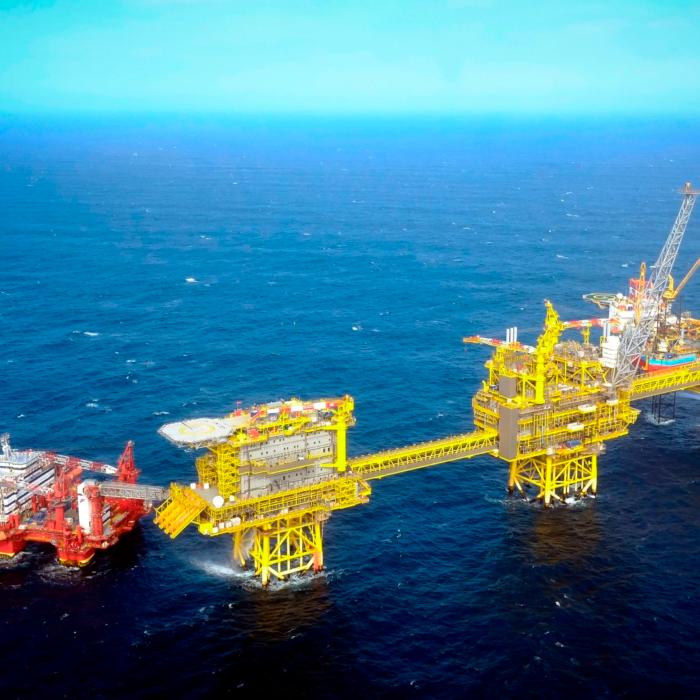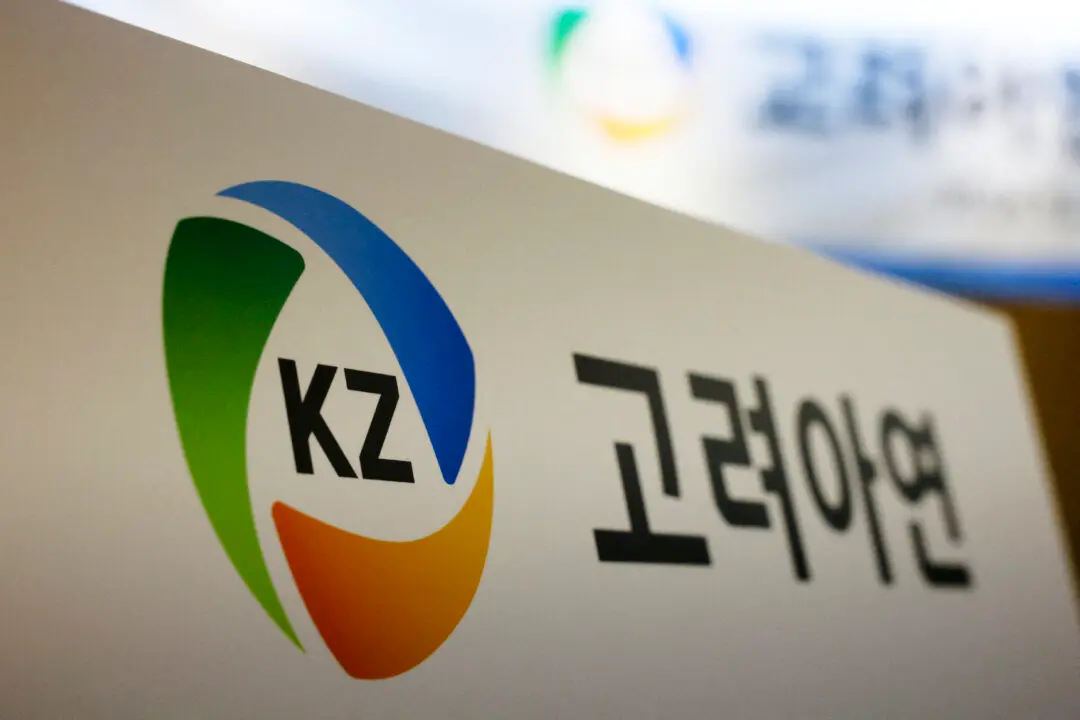The UK’s oil and gas companies need to take action to decarbonise production and deliver emission savings or risk being blocked, an independent regulator has warned.
A new plan by the North Sea Transition Authority (NSTA) has laid out requirements for developers to slash their carbon footprints. This will ensure the “future of the industry” and the achievement of net zero targets, said the regulator.
However, for production to continue in the North Sea, the NSTA said, it must become cleaner.
“The plan will help to secure the crucial part the North Sea will play in meeting the UK’s energy needs and provide reassurance that the industry can and does place a very high value in cleaning up production and cutting emissions,” said NSTA Chief Executive Stuart Payne.
The regulator hailed the industry’s “impressive” results in reducing production emissions in recent years. It noted, however, that the sector still contributes to around 3 percent of total UK greenhouse gas emissions.
Close to 80 percent of production emissions in 2022 were attributed to power generation.
After an extensive public consultation, the NSTA said that electrification and low carbon power were crucial to cutting emissions.
Under the best-case scenario, electrification alone could deliver emissions savings of 1 to 2 million tonnes in 2030 and up to 22 million tonnes by 2050, according to the document.
Flaring and Venting
Among other emission reduction strategies named in the plan are slashing flaring and venting practices. Flaring and venting are controlled processes of releasing unwanted gas into atmosphere or burning it on site where it may not be used, exported, or reinjected.Both flaring and venting are sources of methane emissions, which have a greater environmental impact than carbon dioxide.
The Department for Business, Energy and Industrial Strategy said that action on methane is the “last low hanging fruit” in tackling climate change because measures to reduce its concentration in the atmosphere can be achieved in the near term.
According to the NSTA, operators should focus and budget to reduce methane emissions, as well as monitor other fugitive emissions.
“Energy production, reducing emissions and accelerating the energy transition are at the heart of everything we do. The plan strikes the right balance in supporting industry in its work producing the oil and gas which we need and will continue to need in the coming decades, while at the same time playing its role in reducing greenhouse gas emissions,” said Mr. Payne.
Offshore Energies UK told The Epoch Times that the sector is committed to meeting the decarbonisation targets.
‘Vague’ Plan
The NSTA plan affects holders and operators under petroleum licenses in the UK. The list also includes owners of upstream petroleum infrastructure and relevant offshore installations.Under NSTA requirements, new developments producing oil or gas after Jan. 1, 2030 must be either fully electrified or run on alternative low carbon power with near equivalent emission reductions.
New developments that produce oil or gas before Jan. 1, 2030 should be electrification ready when they come online.
A spokesperson for Viaro Energy CEO Francesco Mazzagatti told The Epoch Times that the NSTA plan remains “vague enough in places” and time is required to see how it will be enforced in practice.
The plan’s principles were set out in isolation from factors impacting the industry’s investment potential and its ability to comply, the spokesperson added.
“For example, the plan outlines the responsibilities of producers, asking them to provide strict deadlines in their field development plans, but no such regulations appear to have been imposed on the regulator itself and the government, which are each in their own right in charge of approvals processes and decisions around licensing rounds,” the spokesperson said.
They added that the industry’s ability to comply largely depends on the progress of expanding the wind power capacity of the UK Continental Shelf.







